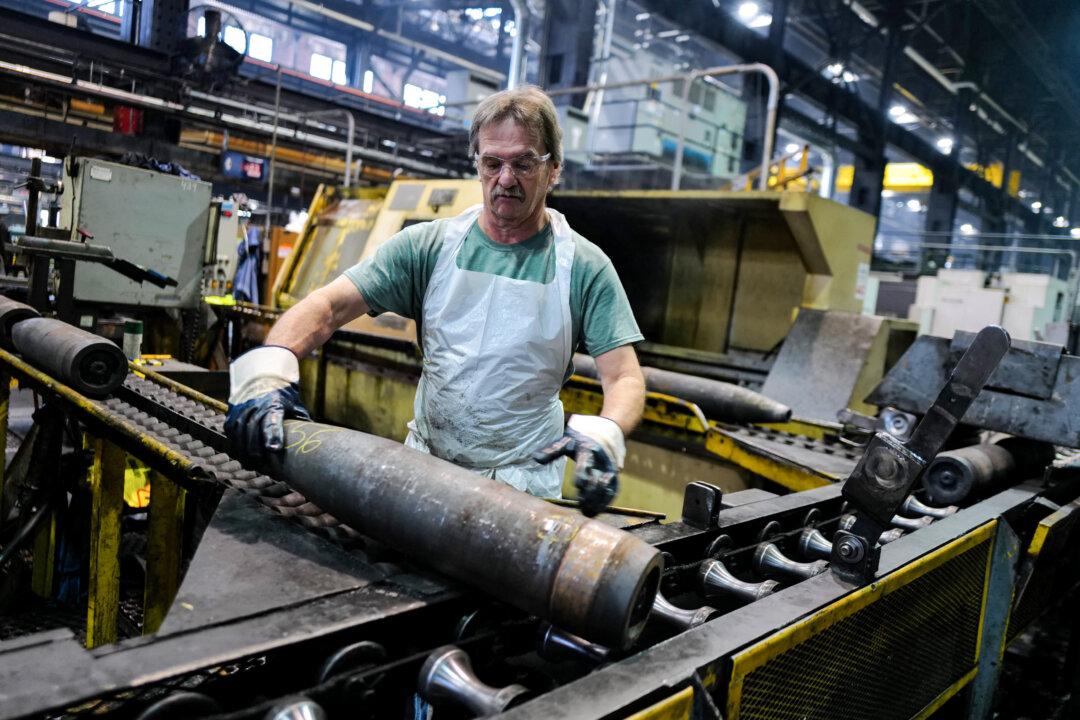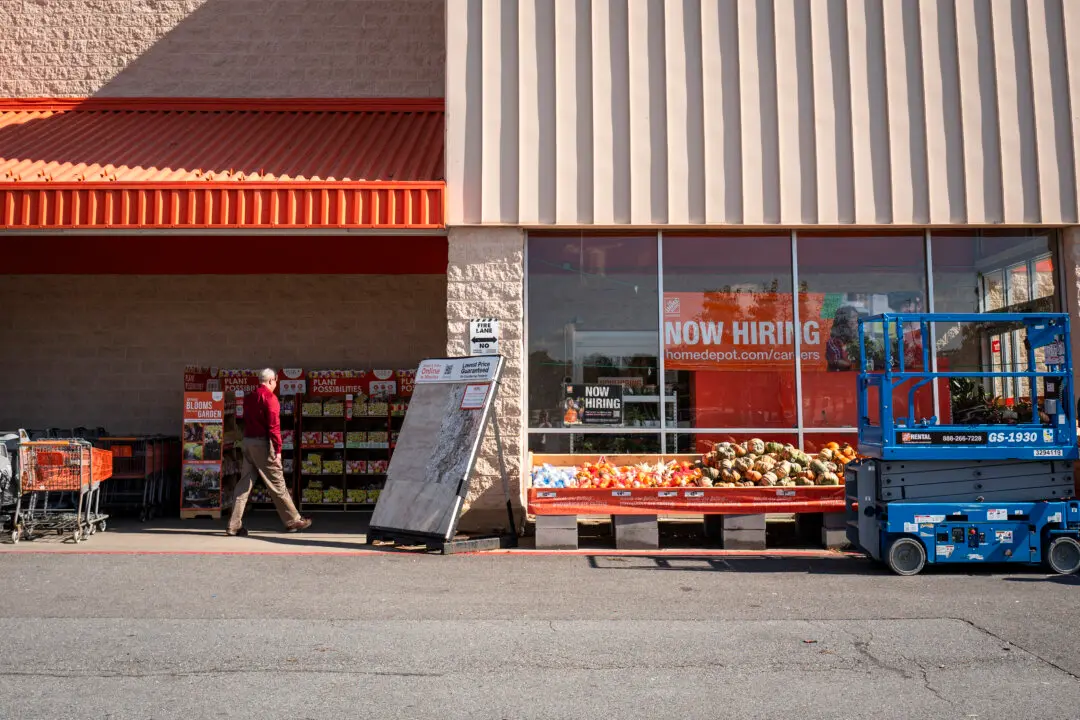The producer price index (PPI)—a gauge of prices businesses pay for goods and services—rose higher than expected, with most of the increase attributed to the final demand for services.
According to the Bureau of Labor Statistics, producer prices jumped by 0.2 percent in August, up from the 0.1 percent increase in July. The market had penciled in an increase of 0.1 percent.





